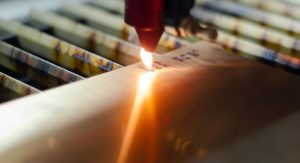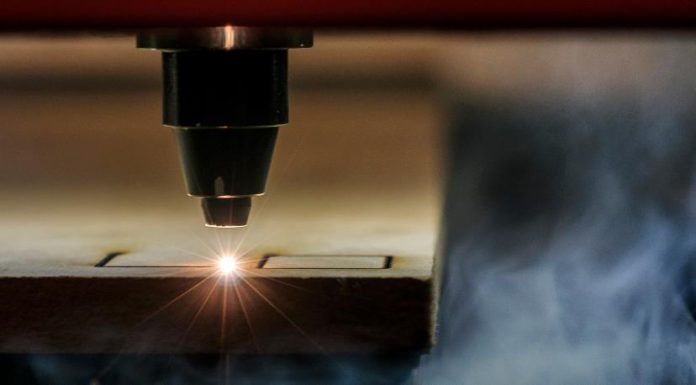Table of Contents
There’s something inherently magical about freezing a moment in time. From photographs to memory jars, we’ve always sought ways to capture the essence. But what if you could capture sound, not in a digital format or on vinyl, but engraved onto a metal surface? Yes, from sound waves to silver, let’s delve into the captivating world of engraving audio on metal.
A Brief History

The engraving of audio isn’t a modern art form. In fact, it has its roots in the earliest methods of recording sound. The phonograph, invented by Thomas Edison in 1877, used a stylus to etch sound waves onto tinfoil sheets. This technique laid the foundation for future sound recordings and is closely related to the art of engraving audio on metal surfaces today.
How does It Work?
Capturing the Sound
First and foremost, the audio clip must be captured or selected. This could be a personal message, a snippet of a song, or any other auditory memory you wish to immortalise. Modern technologies allow us to capture sound with crystal clarity, making it a perfect candidate for engraving.
Visualising the Sound Wave
Post-capture software is employed to visualise the sound wave. The sound is converted into a visual representation, showing the peaks and troughs of the audio clip. This wave serves as the blueprint for the engraving process.
The Engraving Process
Metal surfaces, particularly precious ones like silver, require precision in engraving. The visualised sound wave is often etched using laser engraving methods. This ensures that the representation is accurate and detailed, paying homage to the sound it signifies.
 The Engraving People, a group renowned for their precision and craftsmanship, is one such entity that has mastered this technique, giving life to countless audio memories on metal surfaces.
The Engraving People, a group renowned for their precision and craftsmanship, is one such entity that has mastered this technique, giving life to countless audio memories on metal surfaces.
Applications and Implications
Unique Gifts
One of the most popular applications of audio engraving on metal surfaces is in the realm of personalised gifts. Imagine gifting a loved one a pendant with an engraved personal message or a snippet of a song that holds sentimental value. Such pieces hold emotional weight, turning them into cherished keepsakes.
Historical Preservations
Audio engravings can also be used for historical preservations. Important speeches, landmark announcements, or other significant auditory moments can be immortalised on metal, ensuring they stand the test of time and aren’t just limited to deteriorating old tapes or digital formats that might become obsolete.
Art Installations
Artists have started embracing this technique as well. Many contemporary art installations now feature engraved audio pieces, making audiences think about sound in a tangible form and challenging our perceptions of ephemerality.
The Future of Audio Engraving
While the concept of engraving sound on metal surfaces isn’t new, the refinements in technology and techniques have allowed for more intricate and detailed renditions.

As technologies continue to advance, we might soon witness even more detailed engravings, multi-layered sound etchings, or even interactive pieces that play back the sound when touched.
Moreover, as the world leans more towards personalised experiences, the demand for such engravings, especially in jewellery and keepsakes, is expected to rise. It won’t be long before we see audio engravings becoming a staple in modern memorabilia.
Conclusion
From Edison’s phonograph to modern-day laser-etched pendants, engraving audio on metal surfaces represents a beautiful fusion of art, science, and sentiment. It’s not just about turning sound into a visual form; it’s about encapsulating memories, emotions, and moments onto tangible surfaces.
In a world constantly in flux, having a piece of permanence that resonates with personal moments offers solace and a touch of magic.


